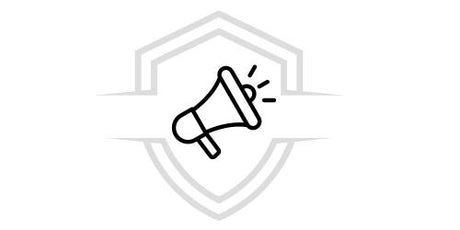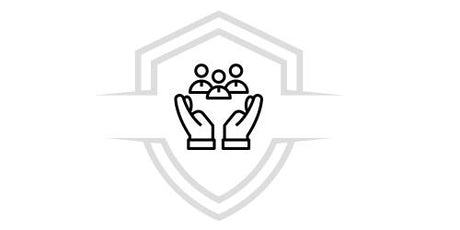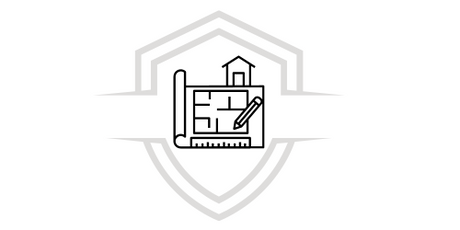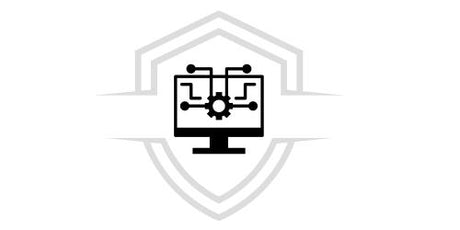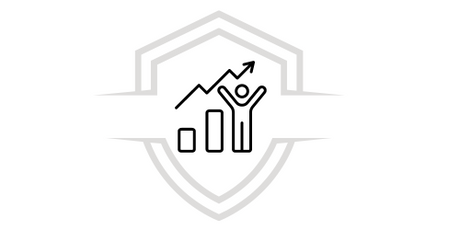Did you know that Japan has one of the highest savings rates in the world? One of the secrets behind this success is the Kakebo method, a traditional Japanese system for managing money that has gained popularity in recent years.
What is the Kakebo method?
Kakebo, which means "account book" in Japanese, was created in 1904 by Motoko Hani, a Japanese journalist who wanted to help women take control of their finances. The method is based on the idea that in order to save money, you must first be aware of your spending.
Why is the Kakebo method so successful?
The Kakebo method is very successful for several reasons:
- It is simple and easy to use: No special financial knowledge is required to follow the method.
- It helps you become aware of your expenses: By recording each expense, you realize where your money is going and can identify areas where you can save.
- Helps you set goals: The method encourages you to set specific savings goals and helps you track your progress.
- It helps you be more responsible with your money: Kakebo gives you greater control over your finances and helps you make more responsible decisions about how you spend your money.
Do you want to start using the Kakebo method?
Here are some tips to get you started:
- Start with a notebook or an app: You can use a simple notebook or an app dedicated to the Kakebo method.
- Be honest and accurate: It's important to record all your income and expenses, no matter how small.
- Review your records regularly: It is important to review your records at the end of each week or month to analyze your spending habits.
- Be patient: It takes time to develop new savings habits. Don't get discouraged if you don't see immediate results.
The Kakebo method is a powerful tool that can help you save money and achieve your financial goals. If you are looking for a simple and effective way to improve your finances, Kakebo is an excellent option.
How does the Kakebo method work?
The Kakebo method is simple and easy to follow. It is based on recording your daily income and expenses in a notebook or an app. The process is divided into five steps:
1. Set your goals:
Before you start, define how much you want to save each month. This goal can be specific, like saving for a trip or a new car, or more general, like increasing your emergency fund.
2. Record your income:
Write down all your monthly income, including your salary, rent, dividends, etc.
3. Estimate your expenses:
Make a list of all your spending categories, such as housing, food, transportation, entertainment, etc. Then, estimate how much you will spend on each category during the month.
4. Record your daily expenses:
Write down every expense you make, no matter how small. It's important to be honest and accurate in your records.
5. Review and reflect:
At the end of each month, review your records and analyze your spending habits. Identify areas where you can reduce your spending and adjust your goals if necessary.







